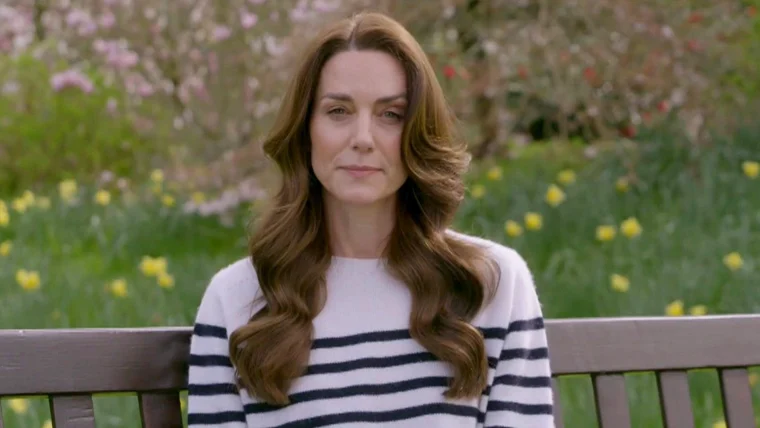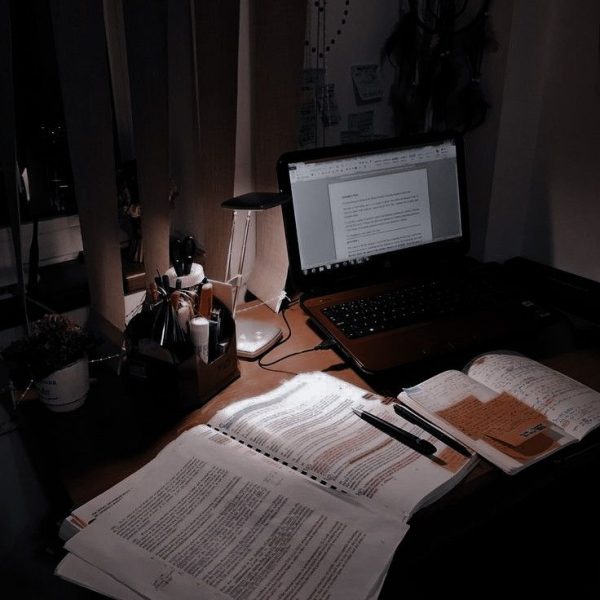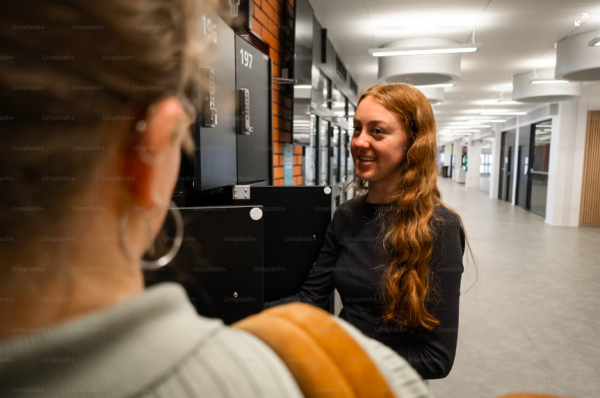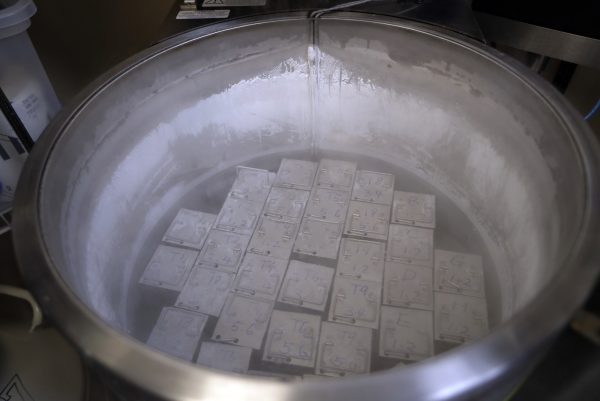Home Safety for Pets
April 11, 2019
About 3.2 million animals get adopted each year from a shelter, of those, approximately 1.6 million are dogs and cats. Pets are an exciting addition to bring into a family; over time, the furry (or scaly) friend becomes loved like everyone else in the household. Today, many people are inseparable from their pets, carrying them in their purses, pushing them around in strollers and bringing them along on vacations as if the animal is their child. We also see companions that serve a purpose, maybe for the blind or otherwise, which definitely allows them to become a large part of one’s life. Although we evidently support the love and affection pets long for, there is little concern for their safety in our homes. Since homes often lack any visible and physical dangers to people, owners fail to review them before putting a creature in the foreign area, which can result in different things: destroyed possessions, say the couch, a sick animal, or even hospital visits. Through learning and understanding simple steps, one will find a safer world to place their pet in. Basic initiatives to take action with include indoor objects, and then you can move outdoors towards things as simple as plants.
Indoor objects pose a high threat to animals, and some even may be surprising. As many know, pets, especially when young, tend to eat everything. Starting with the most common of objects, hazardous foods hide in plain sight. Sugar-free gum and candy contain xylitol, which can cause liver failure or fatal hypoglycemia, while to humans it is only an artificial sweetener. Grapes and raisins are also toxic for the way they can result in lethal kidney failure. Other than food, home necessities find a harmful way to affect our pets too. One of these is dish-washing detergent, which can lead to serious damage to the mucous membrane in the mouth and intestines. Garbage is another big problem because we mindlessly throw away dangerous items and forget about them, but pets don’t; trash is a threat because of what can be hidden in it – leftover rib bones or perhaps steak fat. Besides these items, some others would include medication for humans, chocolate, of course, antifreeze, and pest-control products.
The outdoors are a whole other ball game for pets. Plants are like a forest and food at the same time, and for this reason, one should pay attention to what they add to their garden. A common contender would be the Sago Palm in which, if ingested can cause vomiting, bloody stool, liver failure and worst of all, death. Although pretty to look at, Daffodils contain lycorine, which is a type of alkaloid that can trigger your pet to throw up and could also provoke diarrhea, abdominal pain, etc. Another risky plant can be Lilies because certain types are actually quite toxic and if eaten can cause severe kidney failure. Other plants to keep an eye out for that can be considered high-risk organisms are Azalea’s, Tulips, Hyacinths, Autumn Crocus, and even Foxtails.
It is evident that risks are everywhere, but as one looks out for them, pets will live in a happier and healthier environment.




















